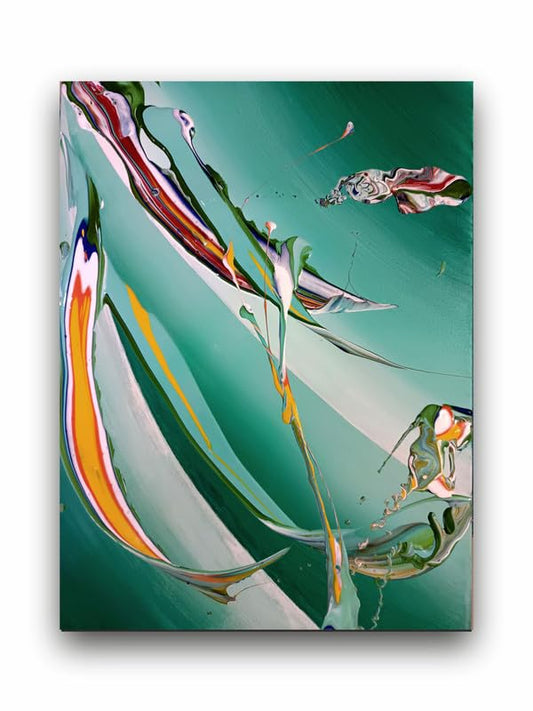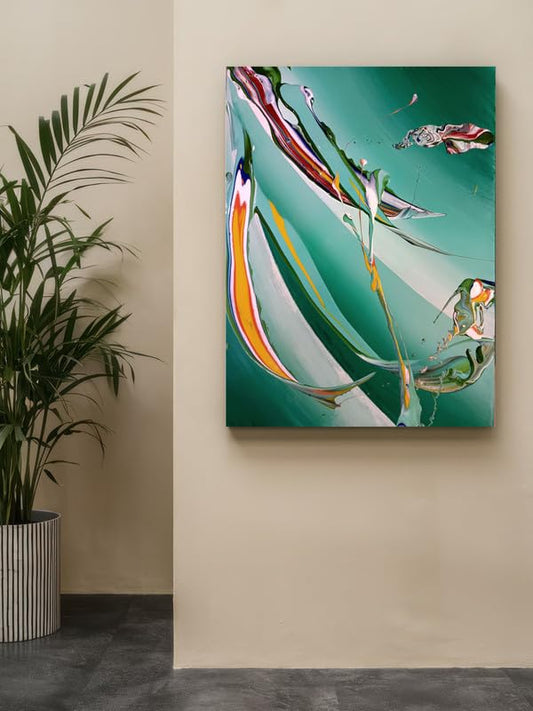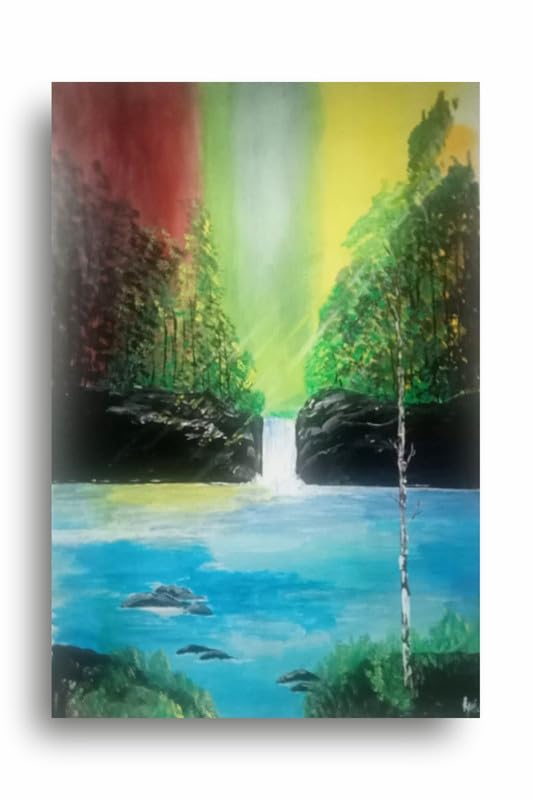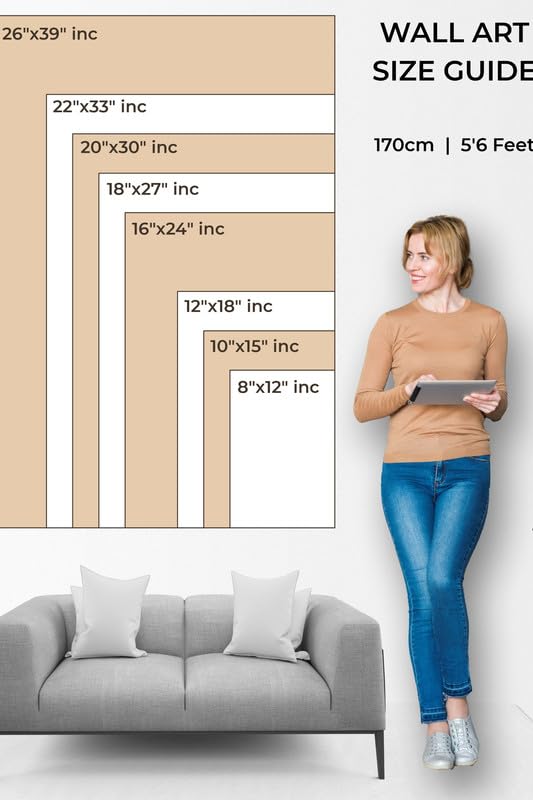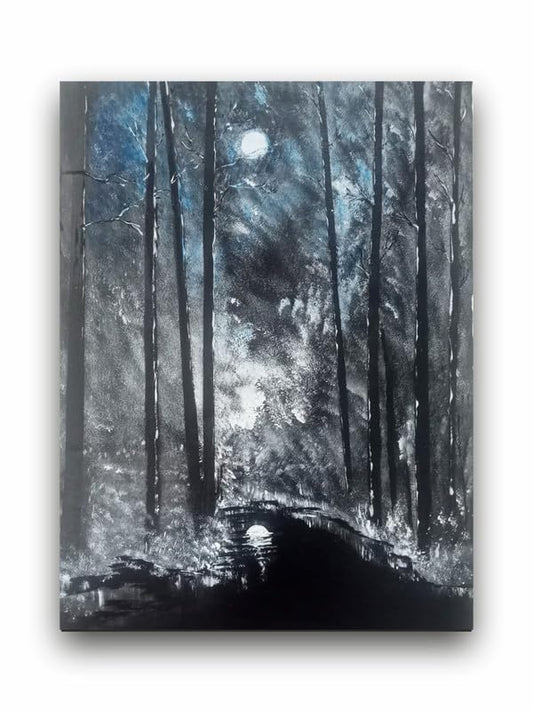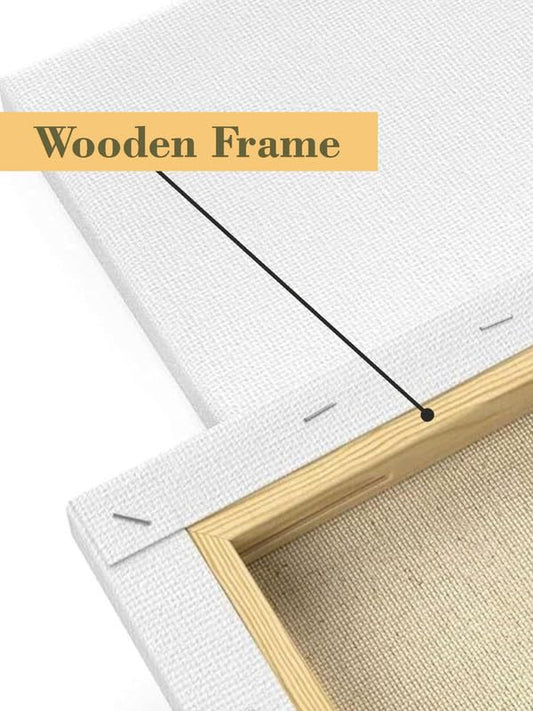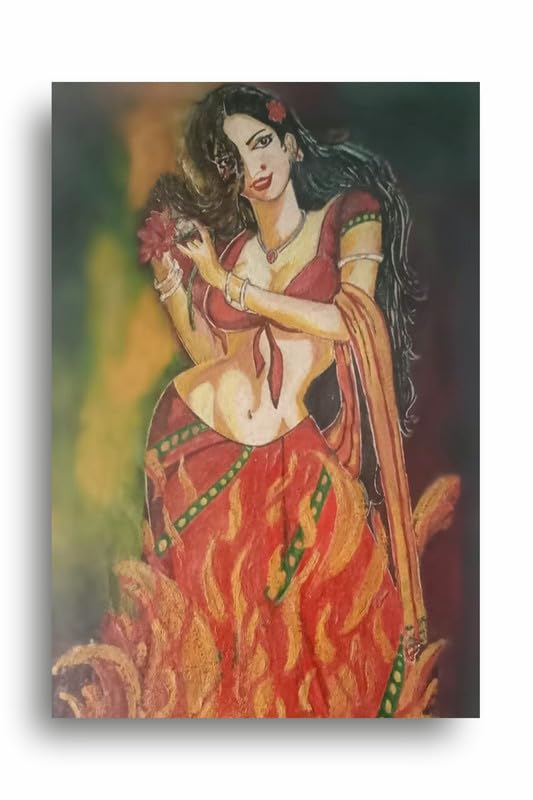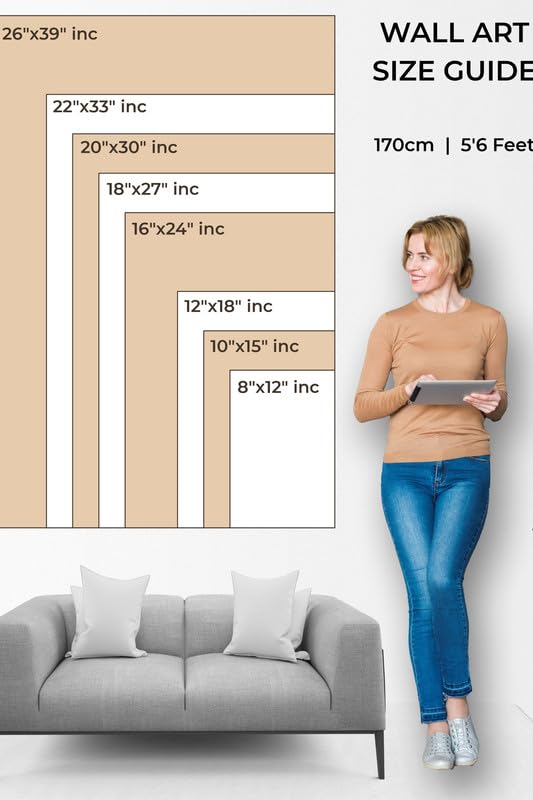
The Impact of Abstract Art on Modern Sculpture
The Impact of Abstract Art on Modern Sculpture
Abstract art, where it has been felt more in contemporary sculpture by its emphasis on nonrepresentational forms and experimental techniques, flows from this rich heritage into modern sculpture. Even at its beginning stages abstract art sought to eschew the rigid boundaries set by the mainstream arts, and its implications resound more so in the sculpture world. Abstract art has moulded sculptors of all ages to revisit their three-dimensional work through innovative manipulations of form, space, and material.
Probably, the most significant aspect of influence abstract art brought to the sculpture is the fact that it transformed from representational forms into non-representational ones. Traditional sculptures used either to represent real-life figures or scenes, but through artists like Constantin Brâncuși and Henry Moore, the attempt became just about the purity of shapes and the essence of objects rather than literal depictions. This exposed the artists to the new terrains of experimentation into forms while literal approach was dodged to explore ideas on balance, rhythm, and geometric abstraction.
This influence of space in abstract art has also reshaped the relationship of contemporary sculptors with their surroundings. Minimalist artists, like Donald Judd and Dan Flavin, started using negative space as a fundamental element of the work. Contemporary sculptors now use negative space; instead of it being merely something against which to set the object, the negative space becomes part of the work, hence changing the relationship between the object and space. This leads to the creation of highly experiential and interactive sculptures where the experience of the viewer becomes as integral to the work as the sculpture itself.
Materials have also been changed by the study of abstract art. Unusual materials like the industrial metal, glass, and plastic that found uses in abstract art incited sculptors to try other things as well, ranging from the more traditional mediums of marble and bronze. The contemporary sculptor is free to explore an enormous variety of materials, and now sculptures are no longer static but dynamic and often interactive. They challenge the viewer to think about the tactile and sensory quality as well as its visual impact.
The fact that abstract art focuses on emotions and concepts, rather than narratives, has paved the way for more conceptual sculptures. Today, many modern artists focus on the emotional or intellectual reaction of the viewer when creating the sculpture, so sometimes these seemingly meaningless sculptures only create further thought and introspection.
And so, it is quite incontestable that abstract art does have some impact on the sculpture of contemporary days. Right from the shift of the focus from realism to abstraction, the space and the scope of application enlargement, as well as encouraging the sculptor to conceptual exploration, abstract art does seem to free sculptors from conventional chains, which is why it has become this dynamic ever-changing field of artistic expression.
The Impact of Abstract Art on Modern Sculpture

